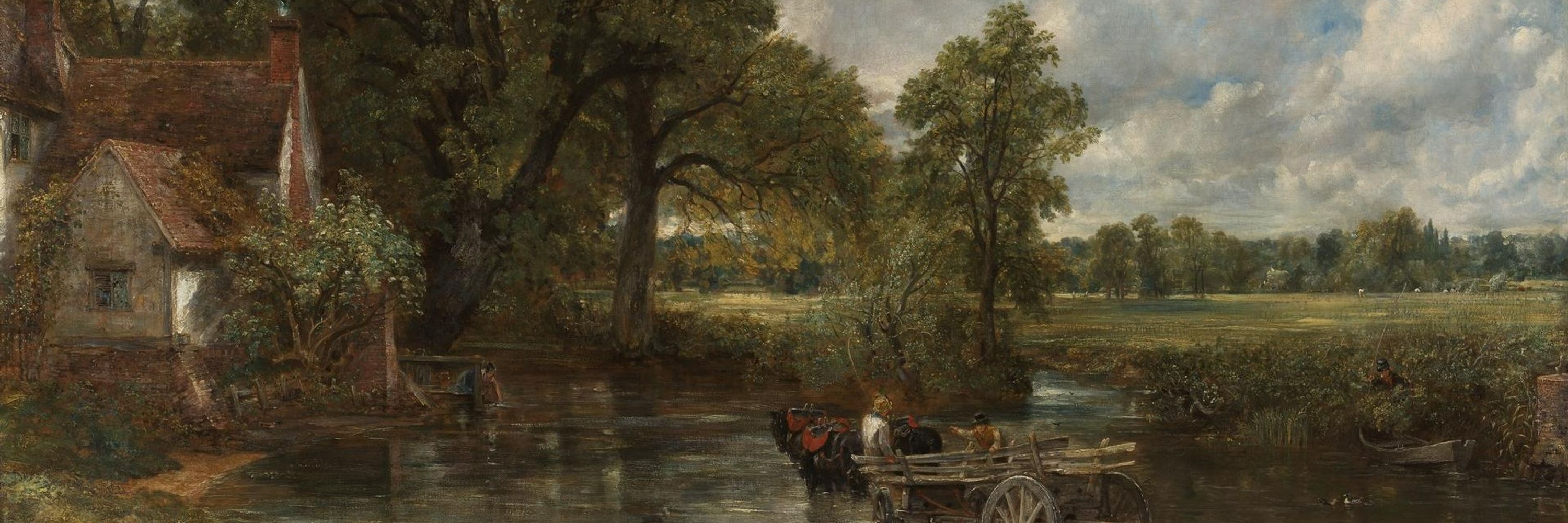BritSymphCup
@britsymphcup.bsky.social
240 followers
350 following
1.8K posts
Originally, World Cup of 500 British & Irish symphonies. From Jan 2025 #britsymphyear, tweet a day exploring 20/21C British/Irish classical music. Playlist: https://open.spotify.com/playlist/7BWeL8ZjWAQ4L1aPdtOGOK?si=kBxDnR42SwGZnHv0dfua4Q&pi=RQ5cU2bVSVGcA
Posts
Media
Videos
Starter Packs





